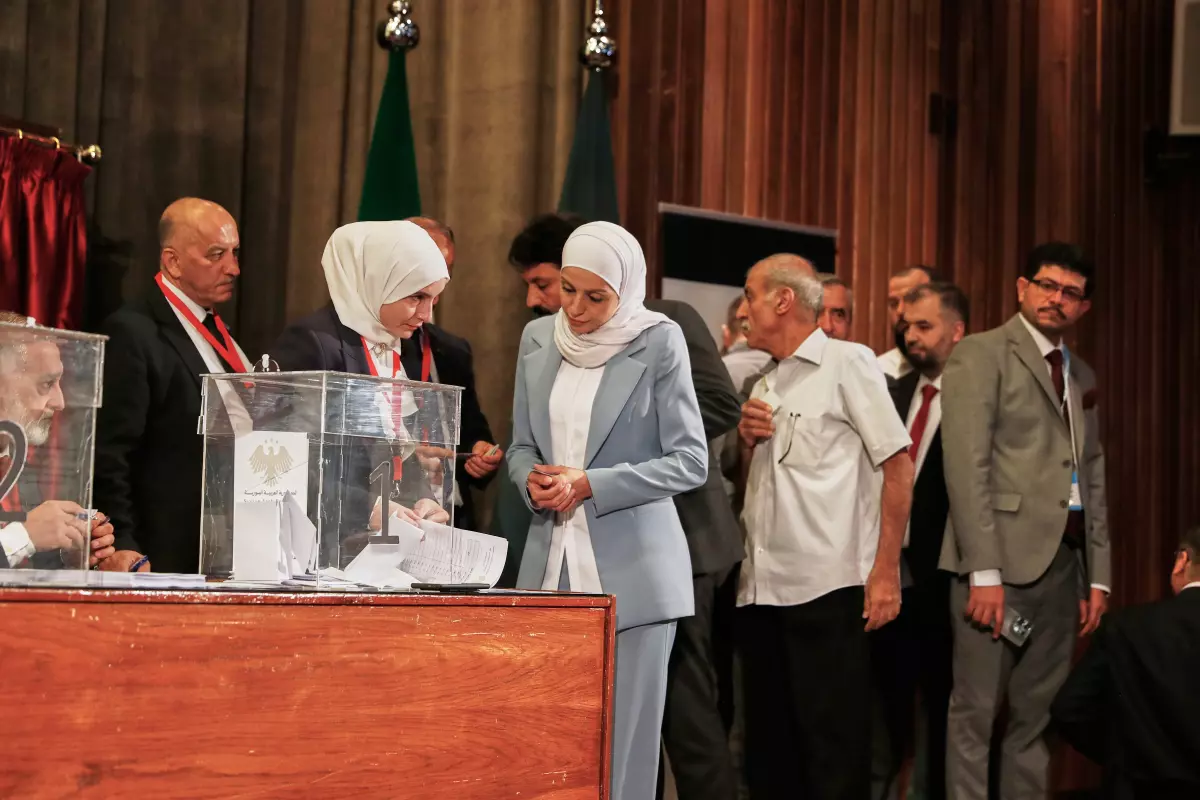A New Political Landscape and the Search for Representation
After decades of centralized rule, Syria’s first parliamentary elections since the fall of the Assad government have generated intense public interest. For many citizens, these elections symbolize the beginning of a new political chapter. This chapter is marked by uncertainty, yet also by hope for inclusion and reform. The transitional government has introduced a hybrid system. It combines indirect voting through electoral colleges with direct appointments by the interim president. This approach aims to maintain a degree of administrative control while rebuilding national institutions. These institutions collapsed during years of civil conflict.
However, the absence of a universal popular vote has raised questions about the process’s transparency and democratic value. Millions of Syrians displaced within and beyond the country’s borders lack the identification and residence documents needed to register as voters. In response, interim authorities argue that this indirect system is a temporary necessity. It will remain until stable governance and accurate census data can be restored. As Syria navigates this rebuilding phase, the emphasis remains on creating structures capable of managing elections. The aim is to enable wider participation in the future. Citizens and observers seeking background on how democratic systems evolve after conflict can learn more through Democracy International and the UNDP governance program.
Challenges of Representation and Inclusion
Representation is one of the most sensitive issues facing post-conflict Syria. The current system reserves one-third of the parliamentary seats for presidential appointments. These appointments are designed to ensure gender and minority inclusion that might otherwise be neglected in regional voting. While women now hold a minimum share of seats through electoral college participation, gender parity remains distant. Minority representation is uneven. The exclusion of areas such as Sweida and the Kurdish-administered northeast leaves several ethnic and religious groups without direct parliamentary voice.
Balancing these dynamics requires more than seat allocation. The transitional leadership has begun discussing the formation of future electoral commissions. These commissions would oversee district mapping, candidate eligibility, and transparent nomination procedures. These discussions highlight Syria’s ongoing effort to transition from centralized party control toward a pluralistic framework. The success of these reforms will depend not only on political will but also on civil society participation and regional reconciliation. For context on inclusive governance and community rebuilding, resources from International IDEA and the United Nations Peacebuilding Fund offer detailed perspectives.
Building the Foundation for Future Elections
The current parliamentary term, set to last thirty months, will be critical in shaping the constitutional and institutional frameworks for future national elections. Lawmakers are expected to draft new electoral legislation and establish a voter registry. They will also begin integrating displaced citizens back into the political process. These reforms are central to restoring trust in public institutions. The goal is to ensure that the next election can be conducted through universal suffrage.
Transparency remains the main test for the interim government. Observers emphasize that credibility depends on consistent communication, open reporting of results, and public consultation in drafting new laws. As Syria moves toward stabilization, international partners have expressed readiness to provide logistical and technical support for democratic transition. However, the nation’s leadership maintains that the process must remain domestically led. Citizens can explore more about transitional governance frameworks and post-conflict state building through resources on The World Bank governance page and UNESCO’s peacebuilding education initiatives.







